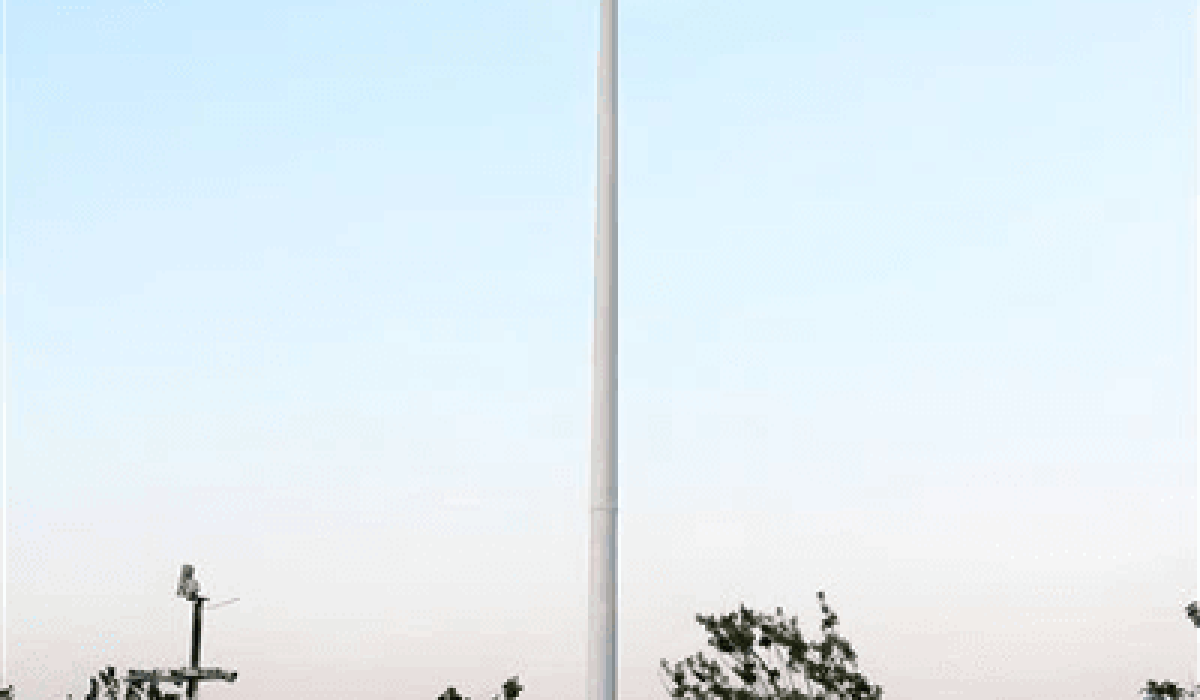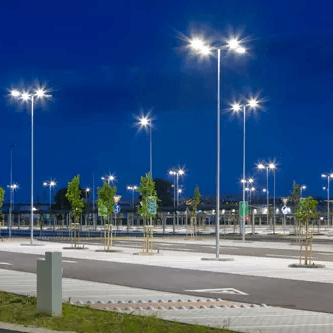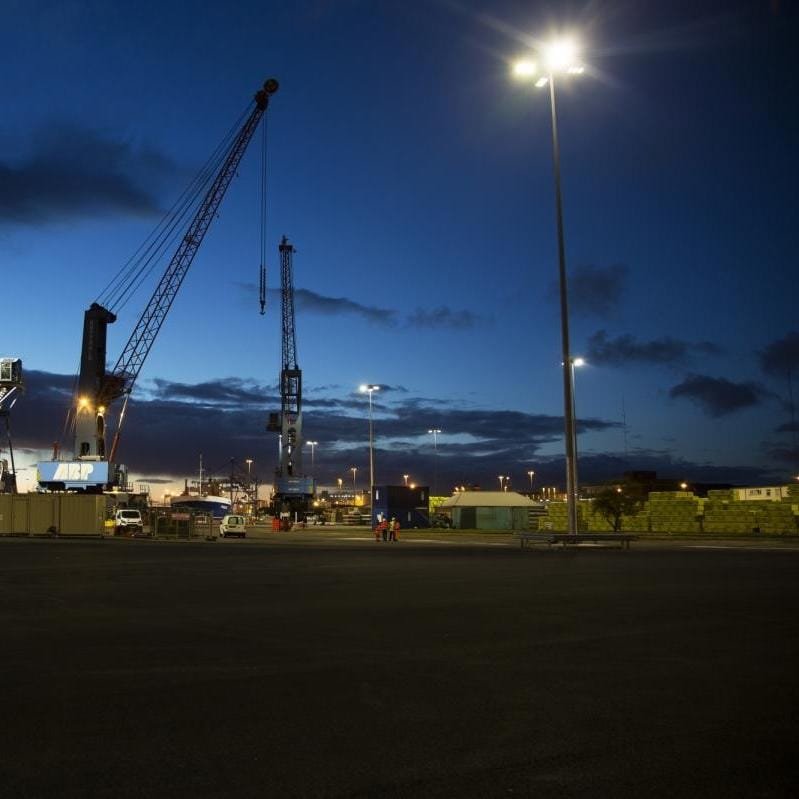How a municipality in Togo solved parking lot safety and lighting issues using 100% solar power.
This case highlights how a practical solar lighting design can immediately improve public safety while cutting infrastructure costs. In regions like Togo—where grid access is unstable and public budgets are limited—solar becomes not only viable, but essential.
Project Background?
In early 2024, the municipal authority of Sokodé, Togo, approved a rehabilitation plan for key public service infrastructure. A central item on the list was the 200-vehicle parking lot located next to the city’s main public hospital.
The old electric lighting system had long failed. Copper wiring had been stolen, outages were frequent, and the area had become dangerous after dark.
Municipal Goal:
Install a self-powered lighting system that is durable, easy to install, and minimizes maintenance over the next five years.
Why Solar Lighting Was Chosen?
Solar was a strategic fit. No cabling. No monthly electricity bills. Fast deployment with local labor.
We recommended solar after confirming the area received more than 5.5 peak sun hours daily—more than enough to support an off-grid lighting system year-round.
| Reason | Benefit |
|---|---|
| Unreliable grid power | Solar = uninterrupted lighting all night |
| Cable theft risk | No wiring = no metal to steal |
| Public safety pressure | Lighting critical near emergency care centers |
| Maintenance limitations | Integrated solar units reduce long-term field work |
| Budget & donor rules | Must be sustainable, ROI-visible within 3 years |
Solution: 60W All-in-One Solar Street Lights?
After site assessment, we chose 60W integrated solar lights as the most efficient and cost-effective option.
The HT-SL60W model met all local specs for brightness, IP protection, and battery life.
| Specification | Value |
|---|---|
| Model | HT-SL60W |
| Lumen Output | ~7,200 lm |
| Battery | 25.6V / 20Ah LiFePO4 |
| Lighting Mode | Motion Sensor + Timed Dimming |
| Controller | MPPT, auto dusk-to-dawn |
| IP Rating | IP66 |
| Pole Height | 6 meters |
| Installation Time | <30 minutes per unit |
We used galvanized steel poles and anti-corrosion fasteners—standard for West African weather conditions.
Project Layout & Installation?
Total Area: ~1,200 m²
Fixtures Installed: 12 units
Layout Type: Perimeter + single center row (double symmetry)
Work Duration: 3 days total
Crew: 3 local installers + 1 site supervisor
📍 Visual layout diagram and photos to be inserted here
We scheduled work early in the day to avoid heat stress and used pre-assembled anchors to accelerate mounting.
Results & Benefits?
The results were obvious from day one. Residents reported better visibility and fewer incidents.
| Indicator | Before Installation | After Solar Lights |
|---|---|---|
| Nighttime Safety | Low visibility, unsafe corners | Even 20 lux coverage, full area |
| Security Reports | Theft/vandalism weekly | 80% drop within 2 months |
| Electricity Cost | ~230,000 CFA/month (est.) | 0 CFA—fully solar powered |
| Maintenance Calls | 3–5 per month | 1 basic panel cleaning/quarter |
| Public Satisfaction | Negative | Positive feedback from hospital staff |
💬 City Engineer's Note:
“We were able to complete the full install without touching the city’s electrical grid or needing outside contractors. That’s a major win for us.”
Lessons Learned?
- Proper layout planning avoids blind spots, especially near building walls and tree areas.
- Motion-dimming models allow battery conservation without compromising safety.
- On-site technician training helps build confidence and capacity for future expansion.
⚠️ Even in bright-sun areas like Togo, panel orientation and shading from structures still require attention.
FAQs?
Q: What’s the system lifespan?
A: Batteries last 5–8 years. Panels and lights expected to last 20 years with basic maintenance.
Q: Will this work during the rainy season?
A: Yes. Sokodé gets 5.5–6 sunlight hours/day on average, and the system has 2–3 day battery backup.
Q: Can the same design be used for other cities?
A: Absolutely. This layout works well for medium-sized lots in Kara, Atakpamé, or regional health zones.
Q: Was this funded by the Togolese government?
A: No. It was financed by a UNDP-backed urban infrastructure fund.
Conclusion
The Sokodé parking lot project shows that solar lighting is not just sustainable—it’s effective, fast, and financially smart.
With zero power bills, no cabling, and strong community impact, it sets the standard for future infrastructure work in Togo.




